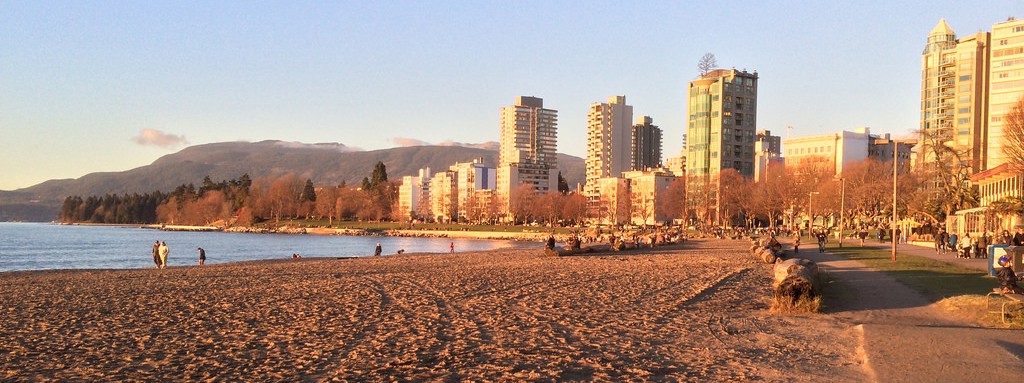Commercial real estate financing is very different from residential Michael Lee Western Investor
1. Thinking that costs are similar to residential
There are much higher costs involved when purchasing a commercial property compared to residential. Costs include a commercial appraisal ($2,500 to $3,500), environmental report ($2,500 to $3,000), lender and broker fees (generally 1.5 per cent to 2 per cent) and legal costs of the lender and borrower, which are both to the borrower’s account.
2. Not allowing enough time
I can usually get a discussion paper back from lenders within seven to 10 business days, but that’s not something that a borrower can remove subjects on. Getting to a final commitment for commercial financing generally takes about five to six weeks. The length of time to get to a final commitment varies depending on how long it will take to get any of the conditional information in to the lender (personal, corporate, and property information), and to obtain a current commercial appraisal and environmental report. The common mistake investors new to commercial real estate make is that they think they can put in an offer and remove subjects within two weeks.
3. Expecting that projections will be acceptable to the lender
For income-generating property, all commercial financing is based on the actual current net income of the property, and what loan amount the net income shows it can service. Lenders will base their decision solely on the actual net income of the property and will not go by a client’s projections for a property.
4. No experience with specific commercial property
I see this for all types of commercial property, including apartment buildings, mobile home parks, hotels/motels and construction. Largely, this can be mitigated by showing experience with other rental property, or business experience, and/or by putting a reputable property management company in place. Sometimes it can be offset by having the existing owner stay on for a period of time as a consultant, to assist with the transition. Where construction is concerned, a developer’s lack of experience can be mitigated by hiring a reputable project manager and builder, or by partnering up with an established developer.
5. Consulting with a mortgage broker new to commercial financing
Commercial financing requires an active commercial broker with experience in the industry and who is aware of current conditions. Unless the broker is doing commercial financing full time, it is impossible to know which lenders are financing what types of commercial property at any given time, and which lender has the best rates and terms for a particular asset class. Even if you are a seasoned pro with commercial property, it is hugely beneficial to make use of a commercial mortgage broker because your bank might not be a good fit for financing that particular type of asset. A commercial mortgage broker can correctly structure the loan request for a particular lender, knows which lenders to approach at any given time, and can shop the mortgage market for a client.
Michael Lee is a commercial mortgage consultant with Mortgage Alliance.







 Retail sales in BC rose to a fresh record in January as Omicron waned and are now 14 per cent above February 2020 levels. As of March, restaurant reservations in Vancouver are at roughly 75 per cent of the pre-pandemic level. In BC, Google’s measure of movement trends is currently about 18 per cent below pre-pandemic levels. Although aggregate employment in BC has recovered to pre-pandemic levels, the accommodation and food service sector was about 13 per cent below the pre-pandemic level in February. The labour market has served high-income workers much better than low-income workers. Employment in high-income industries is about 10 per cent above pre-pandemic employment levels, while employment in low-income industries is about 6.5 per cent below pre-pandemic employment levels. Manufacturing and exports edged up in January, while imports declined slightly. Consumer confidence declined slightly in February, while business confidence drifted sideways. The number of US and non-US tourists has been rising each month since restrictions were eased last summer, with US tourists reaching 58 per cent of pre-pandemic levels in December.
Retail sales in BC rose to a fresh record in January as Omicron waned and are now 14 per cent above February 2020 levels. As of March, restaurant reservations in Vancouver are at roughly 75 per cent of the pre-pandemic level. In BC, Google’s measure of movement trends is currently about 18 per cent below pre-pandemic levels. Although aggregate employment in BC has recovered to pre-pandemic levels, the accommodation and food service sector was about 13 per cent below the pre-pandemic level in February. The labour market has served high-income workers much better than low-income workers. Employment in high-income industries is about 10 per cent above pre-pandemic employment levels, while employment in low-income industries is about 6.5 per cent below pre-pandemic employment levels. Manufacturing and exports edged up in January, while imports declined slightly. Consumer confidence declined slightly in February, while business confidence drifted sideways. The number of US and non-US tourists has been rising each month since restrictions were eased last summer, with US tourists reaching 58 per cent of pre-pandemic levels in December. 